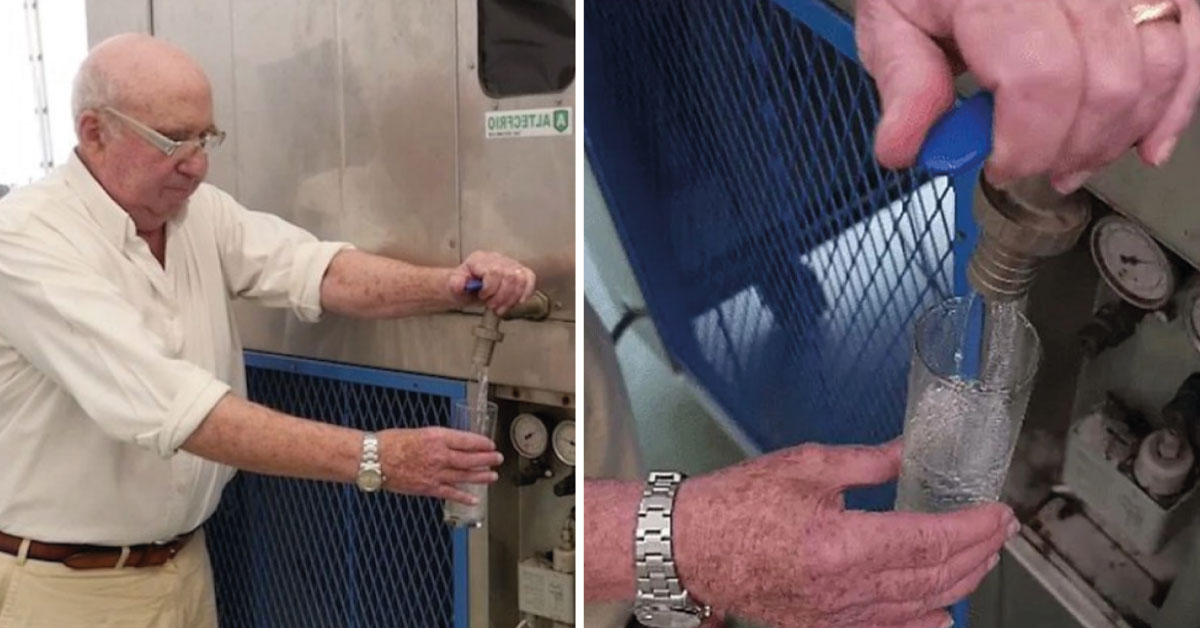The lack of water affects several countries in the world and it is a real crisis that is growing with little chance of finding a solution that will keep our drinking water in the long run.

However, and motivated to create something lasting, an 82-year-old retired Spanish engineer was able to develop a machine capable of producing drinking water from the humidity of the air. It should be noted that Enrique Veiga had already developed a machine for drought in Spanish fields in the 1990s.
The machine can condense the humidity in the air and produce up to 3,000 litres of water per day even in areas where humidity is minimal, such as in the desert. Its objective is to reach even the most vulnerable or difficult to access areas.

Currently, there are 29 regions suffering from the lack of vital liquid. This directly affects approximately 1,000 million people. Currently and thanks to his own company, Aquaer , the water obtained by Veiga’s invention is already being delivered to regions of Namibia.
In general, the process is simple, the machinery uses the electricity they generate to cool the air until it reaches the point of being able to condense it into water. Veiga’s machine can withstand humidity between 10% and 15%.

Nhat Vuong, a Vietnamese refugee who lived in Switzerland at the time, founded a charity called Water Inception in 2017 to be able to bring water to those who needed it most, to achieve this he bought a machine from the Spaniard and took it to Lebanon.
“In the Namibian villages we visited, people were shocked, they didn’t understand and they asked where the water came from. Our objective is to develop something bigger than just a machine would be effective, but also to make it helpful for individuals who have to walk long distances to get water or dig wells.,” Veiga said.

The next objective to have more sustainable methods is to develop solar panels to decrease the use of electrical supplies.
Until now, no private company has invested in the Veiga machine , however, the interest of the world population has received it very well, realizing how well it can do the environment.

